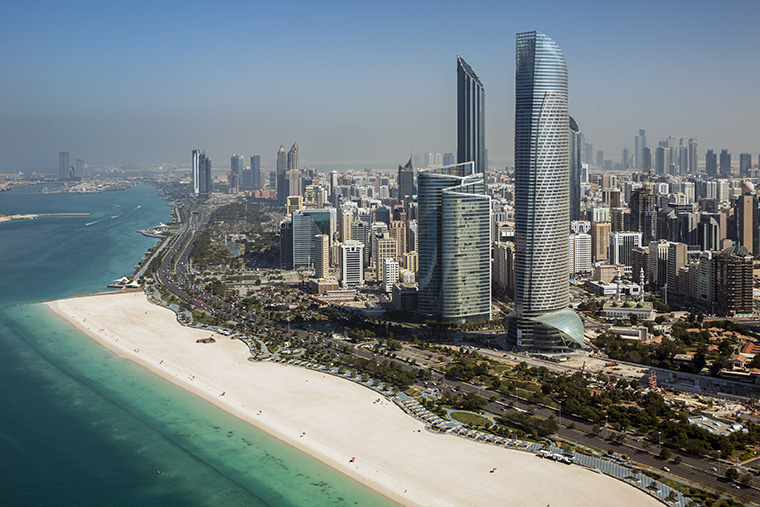The UAE will require significant investments over the coming decade to keep pace with rapidly growing domestic demand for natural gas, a recent report from MEED suggests.
The UAE started importing gas from Qatar via the Dolphin Energy pipeline in 2007 and has since further increased imports after the installation of liquefied natural gas (LNG) facilities.
The first import terminal was installed at Jebel Ali in Dubai in 2010 with a capacity of 3mn tonnes a year (t/y) of LNG – nearly 400mn cubic feet a day (cf/d) of gas. This was followed by a 500mn cf/d floating storage and regasification unit (FSRU) installed in Ruwais in Abu Dhabi in 2016.
Two further LNG projects are planned in the UAE. In October 2016 German energy group Uniper has signed a memorandum of understanding (MoU) with Sharjah National Oil Corporation (SNOC) with the aim of establishing an LNG import terminal to the emirate of Sharjah. The two companies said the first gas delivery should arrive at Hamriyah Port in the spring of 2018.
The fourth project and by far the largest has hit some hurdles in its conception. Emirates LNG, a subsidiary of the Abu Dhabi government’s International Petroleum Investment Corporation (IPIC), recent cancelled a tender on an onshore terminal in Fujairah with a capacity of 9mn t/y of LNG or 1.18bn cf/d of gas.
Emirates LNG told MEED that there is still a project in the planning stage but it will be in different emirate and has ruled out Fujairah, Dubai and Abu Dhabi. This indicates that Abu Dhabi believes further gas imports will be needed in the coming years.
The government has several other tools to meet gas demand. There is the potential to increase imports from Qatar from the agreed 2bn cf/d to meet the full nameplate capacity of the Dolphin pipeline, 3.2bn cf/d. However, price negotiations have been going for several years with no long-term supply agreement forthcoming.
Another option is to increase production from sour gas reservoirs, which also comes at a higher cost to the standard association gas production. Al-Hosn Gas, a joint venture between Abu Dhabi National Oil Company (ADNOC) and US-based Occidental Petroleum, started production at the Shah onshore gas field in Abu Dhabi in 2015, after completing a $10bn project.
A new project announced last year will expand the operation’s capacity to 1.5bn cubic feet a day (cf/d) from 1bn cubic feet a day (cf/d) of sour gas.
Two projects of similar size to Shah gas phase one – one at the Bab field and one at the Hail and Ghasha fields– are also being looked at by ADNOC.
Finally, the UAE can also offset the consumption of gas through the development of other sources of power, including its under-construction nuclear power plant project and major investment in solar power.
Non-gas-fired power plants should enable the UAE to free up some of its gas supplies, which can be used to expand non-oil industries such as metals and chemicals.
While the UAE’s leaders consider the future of gas supply, the renewal of Abu Dhabi’s own LNG export sector is also approaching.
Abu Dhabi Gas Liquefaction Company (ADGAS) started its Das Island liquefaction complex in 1977 and has since sold the vast majority of its LNG to Japan’s Tokyo Electric Power Company (Tepco) under long-term agreements.
ADGAS’ 25-year supply contract with Tepco expires in 2019 and it is unclear whether it will be renewed, leaving an uncertain future of the 8mn t/y LNG – or 1.05bn cf/d – facilities.


